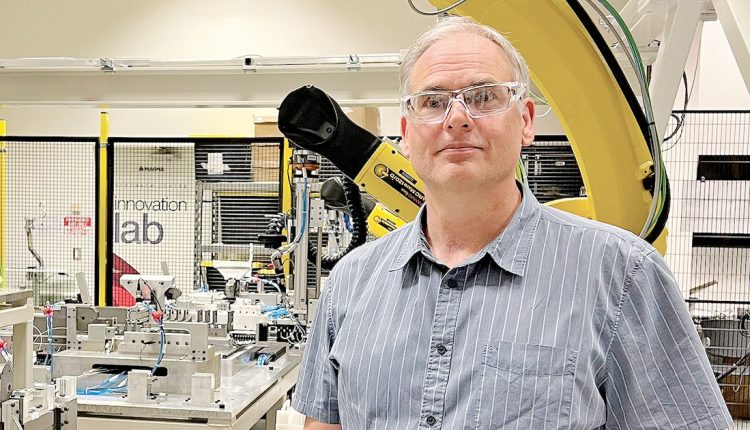A new manufacturing process developed by supplier giant Magna International Inc. and the Department of Energy’s Pacific Northwest National Laboratory could soon make it possible to reduce aluminum parts suppliers’ reliance on new aluminum.
The process — Shear Assisted Processing and Extrusion — allows a company to collect scrap and leftover aluminum trimmings and directly turn it into material suitable by automotive standards.
Typically, recycled aluminum used in auto parts is added to newly mined aluminum to ensure higher quality.
But reducing the need for new aluminum would help companies cut carbon emissions by as much as 90 percent compared with typical processes, according to Magna and Pacific Northwest National Laboratory.
Staff Reporter John Irwin spoke with Aldo Van Gelder, 57, general manager of Magna’s corporate R&D center, about the collaboration. Here are edited excerpts.
Q: What spurred this partnership?
A: It’s tied to the increased consumption of aluminum and extrusions in vehicle structures. As that becomes more important, we’re looking at what type of processes and technologies are coming to market that we could use that could provide us a competitive advantage and garner more market share.
The expectation is the market for extrusions will double in the next 10 years. We’re moving with the market in that direction, with the way customers are designing those vehicles. It’s matching our process and footprint with the market and our customers.
What does this require from a capital perspective?
You can call it heavy manufacturing, so it’s capital intensive. If you look at casting or stamping or injection molding, all of these are capital intensive. Very few product areas that we operate in aren’t capital intensive. The fact that this can provide strategic advantages in terms of energy efficiency and lower cost is the primary reason we’re interested in this technology.


